Hospitality Lighting
Know-how
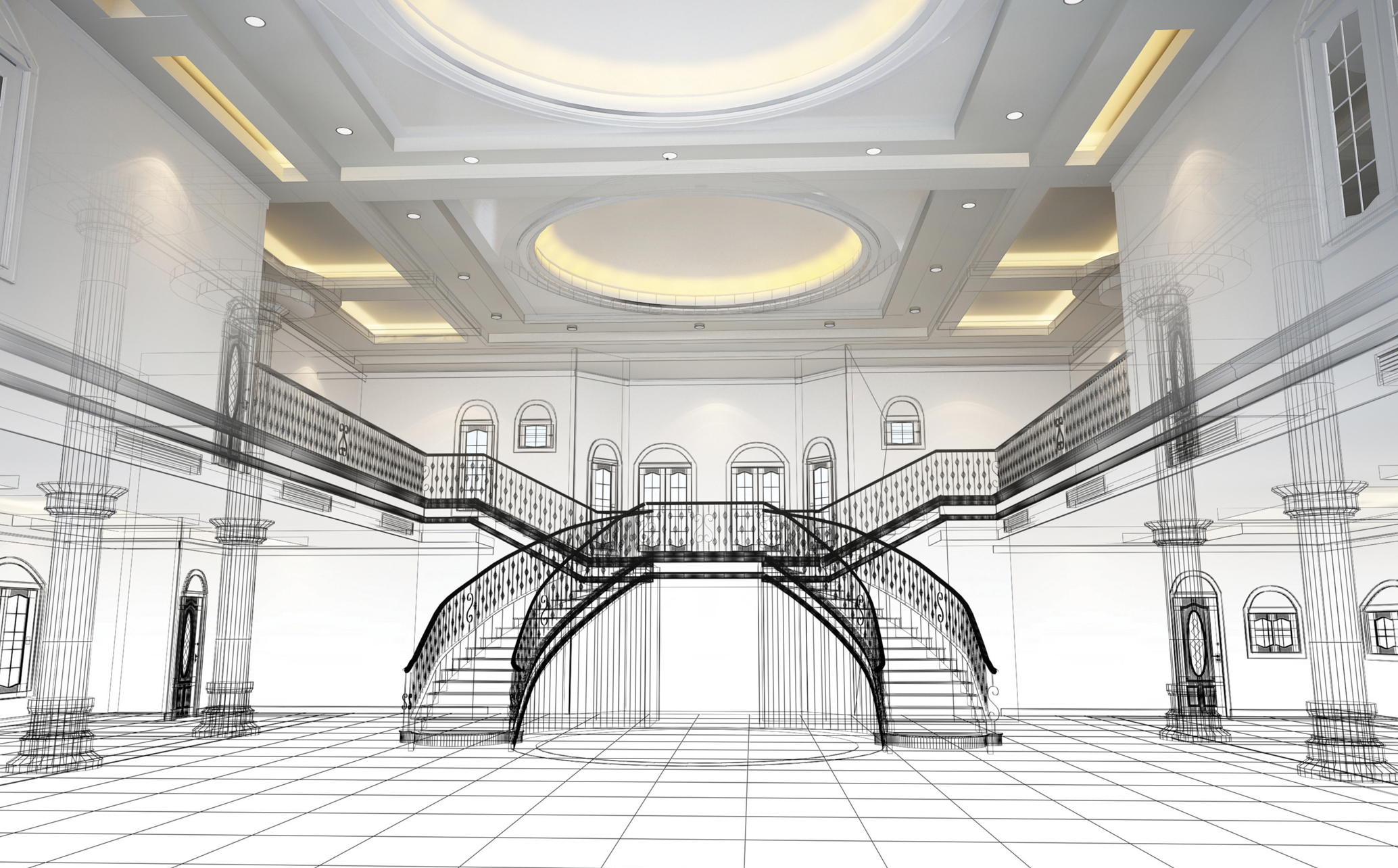
When considering lighting for hospitality applications, creating the right first impression is critical. The technologies used to light these spaces and therefore the way we light them, has changed in recent years with the advancement of Solid State Lighting (LED) capabilities.
Spaces should be welcoming and attractive with a warm ambience that makes you want to return again and again. This should be the case whether you are an overnight business customer or a family on a two week vacation. When we first enter a bar, restaurant or hotel we immediately survey our surroundings and are liable to make instant judgements in those first few seconds.
From increased kerb appeal, through striking yet well thought out exterior lighting to welcoming public areas and comfortable , well lit rooms, lighting is integral to creating the right mood and atmosphere in hospitality environments.
Exterior Lighting
When lighting the outside of a building we should always be conscious of the local environment. Lighting should be striking but not necessarily imposing. Signage and branding should be evenly and effectively lit for distance recognition.orientation and safety. In-ground uplighters, bollards or wall mounted exterior luminaires can provide effective solutions whilst adding to the overall aesthetic of the installation.
Ornamental features such as trees and fountains etc can be brought to the fore with accent lighting. Here we can use different colour temperatures (CCT) with dramatic effects and alter the appearance of the night landscape.


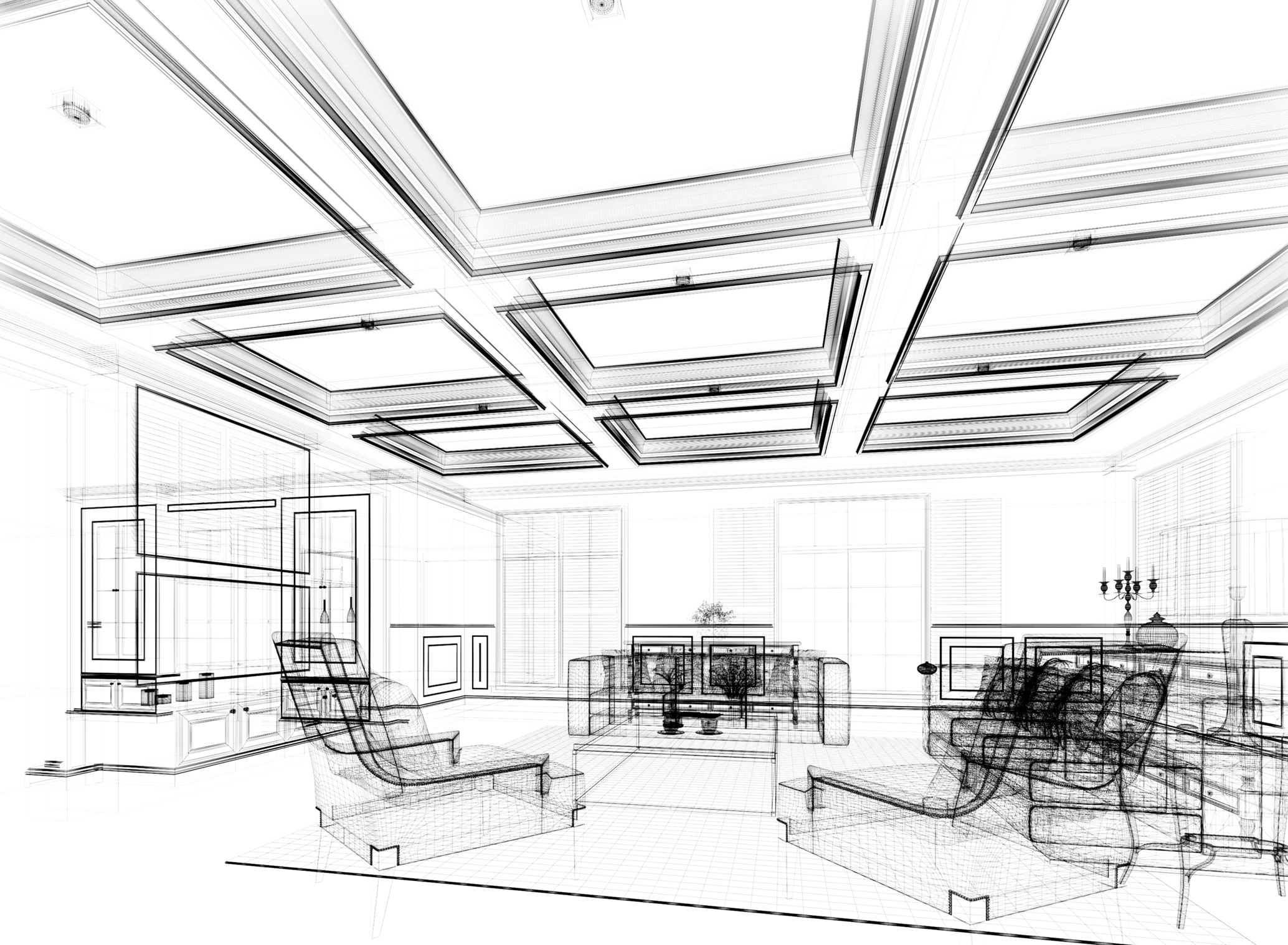
Lobbies and Receptions
‘First impressions count!’ At the end of a busy day of meetings, trade fairs or shopping! We all want to be greeted with a welcoming environment when we first enter our hotel.and table lamps for example, the lighting levels can be lowered in the evening to create a warm and inviting ambience. Drama can be added with the inclusion of decorative lighting statement pieces that can enhance the company’s brand image and design ethos.
Reception desks are essentially a place of business where transactions are taking place. Lighting should reflect this and your eye should be guided here upon entry. Lobby and reception lighting are often in
24/7 operation and in these applications where maintenance and rising energy costs are crucial factors, the long life and greatly reduced power consumption of LED’s make them an ideal choice.

Bedrooms
Whether our stay is long or short, our haven at the end of a busy day is our Hotel room. It is ‘our’ space and so should be welcoming and inviting.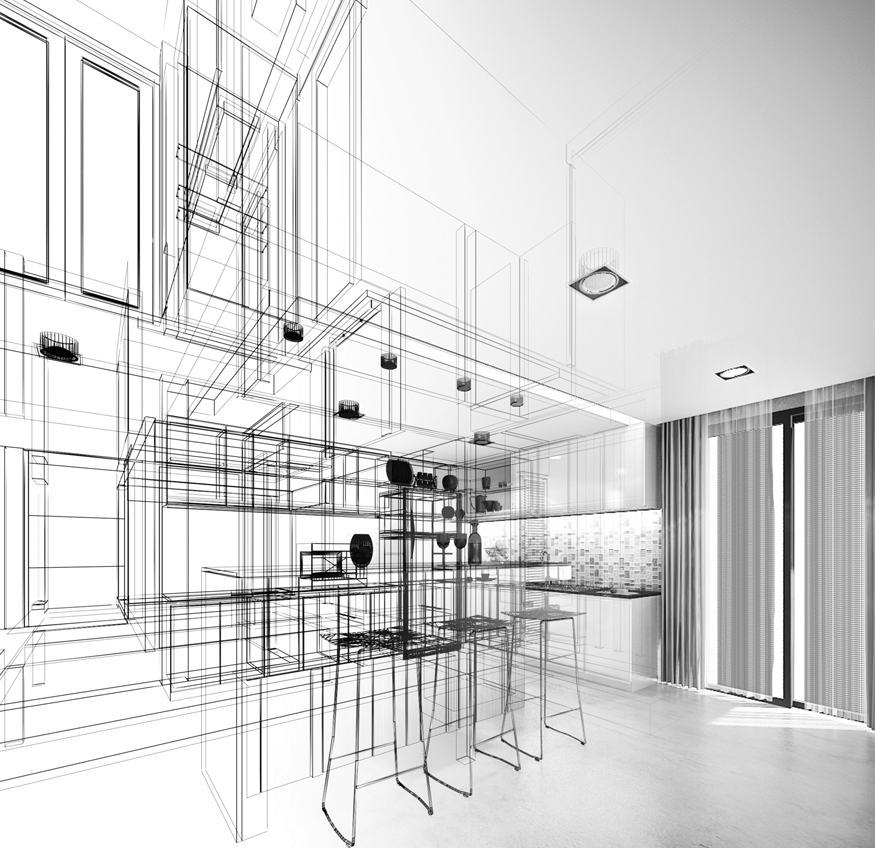
Bars and Restaurants
As with reception areas, the success of bars and restaurants relies on creating the right mood.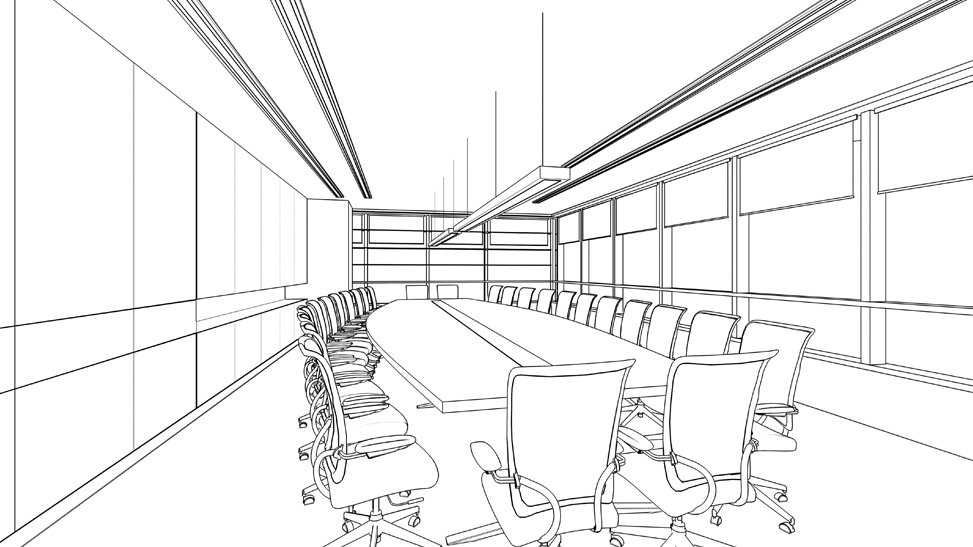
Meeting and Conference Rooms
When lighting multi-use spaces it is often difficult to get the right balance. Lighting controls and the integration and control of natural daylight are essential. Meeting rooms will require full light for general working and reduced lighting levels for presentations etc.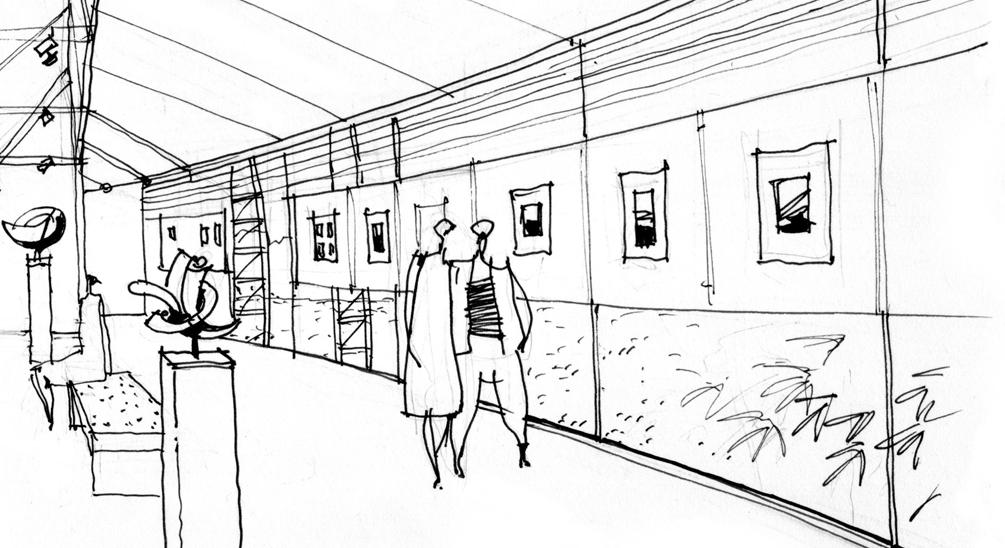
Corridors and General Circulation areas
Long and seemingly endless corridors can appear threatening if poorly lit and difficult to navigate. Corridors should be well lit with close attention paid to ensure that room numbers, directional signage and escape routes are clearly indicated.Health and Wellbeing
Health and fitness suites within hospitality environments also require careful thought when looking at lighting schemes.


 top
top